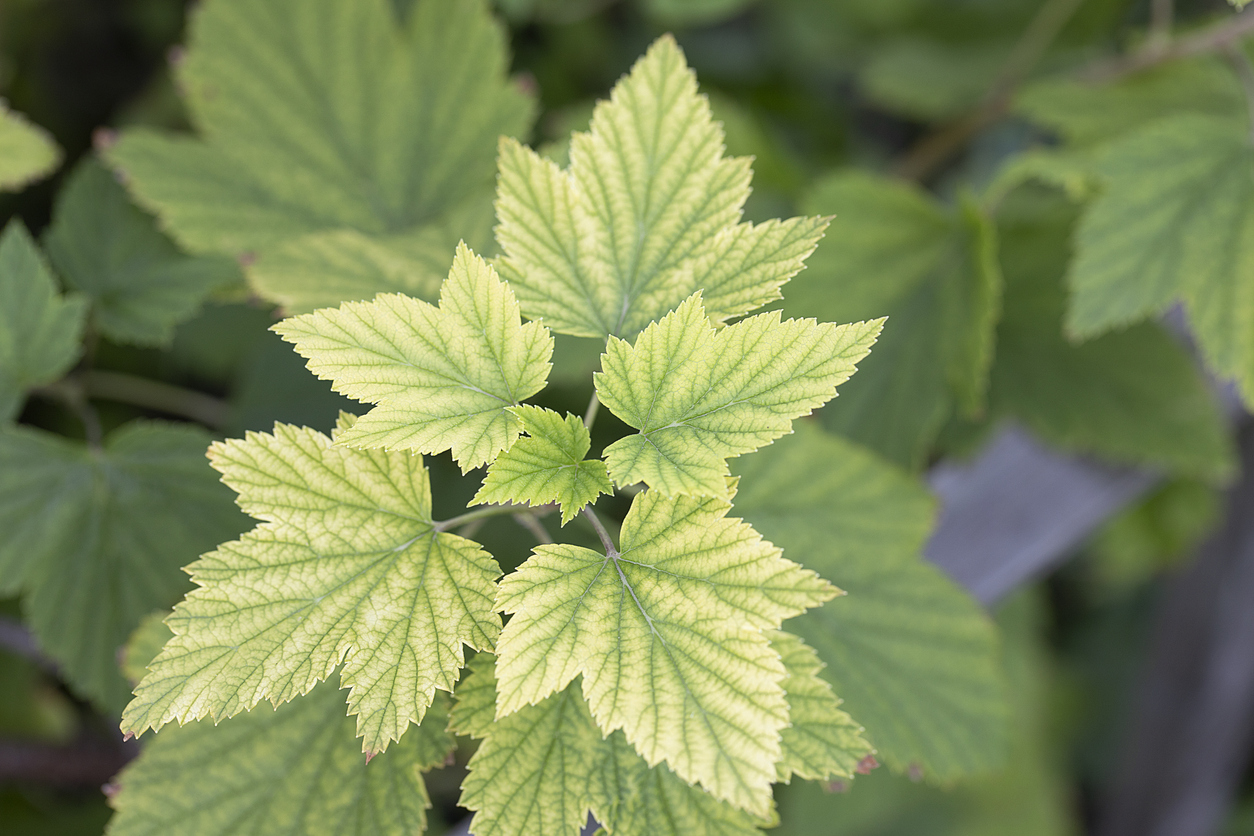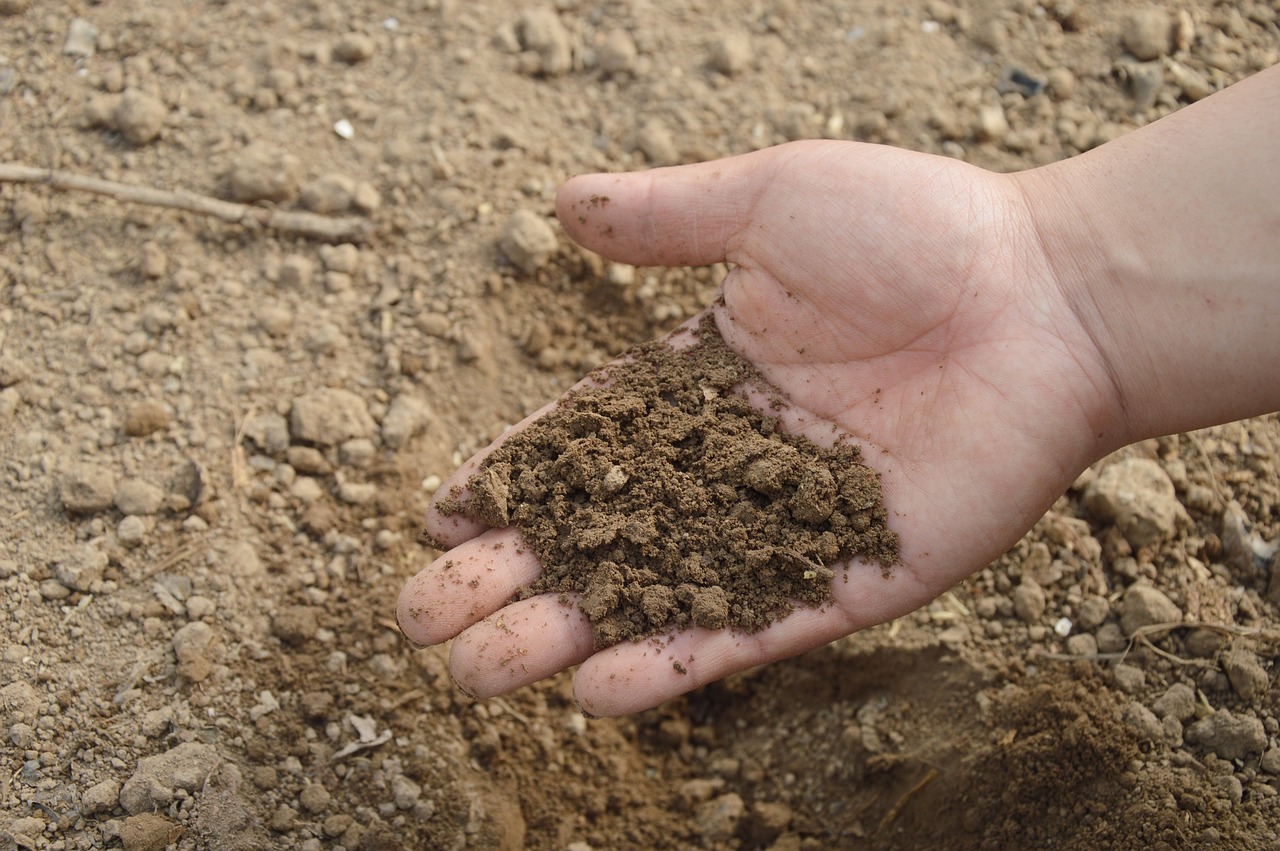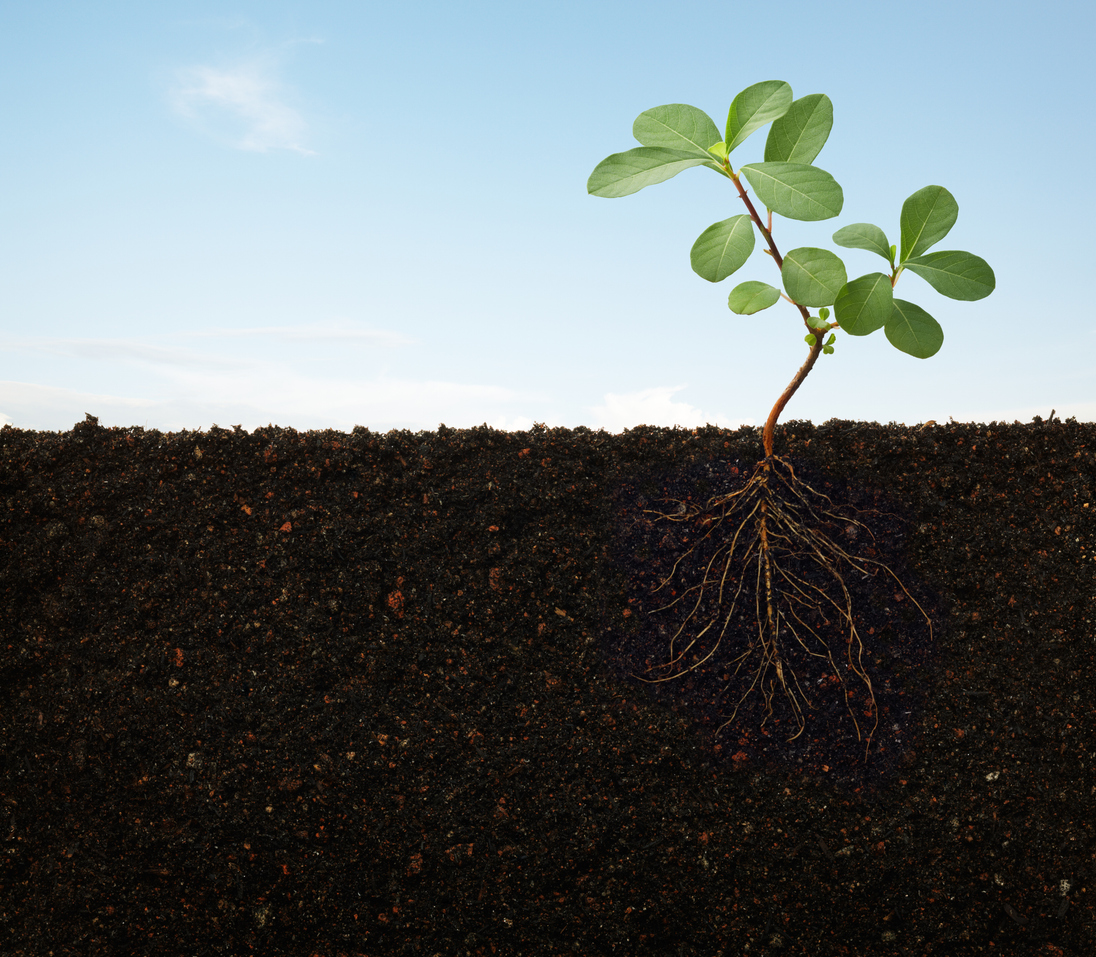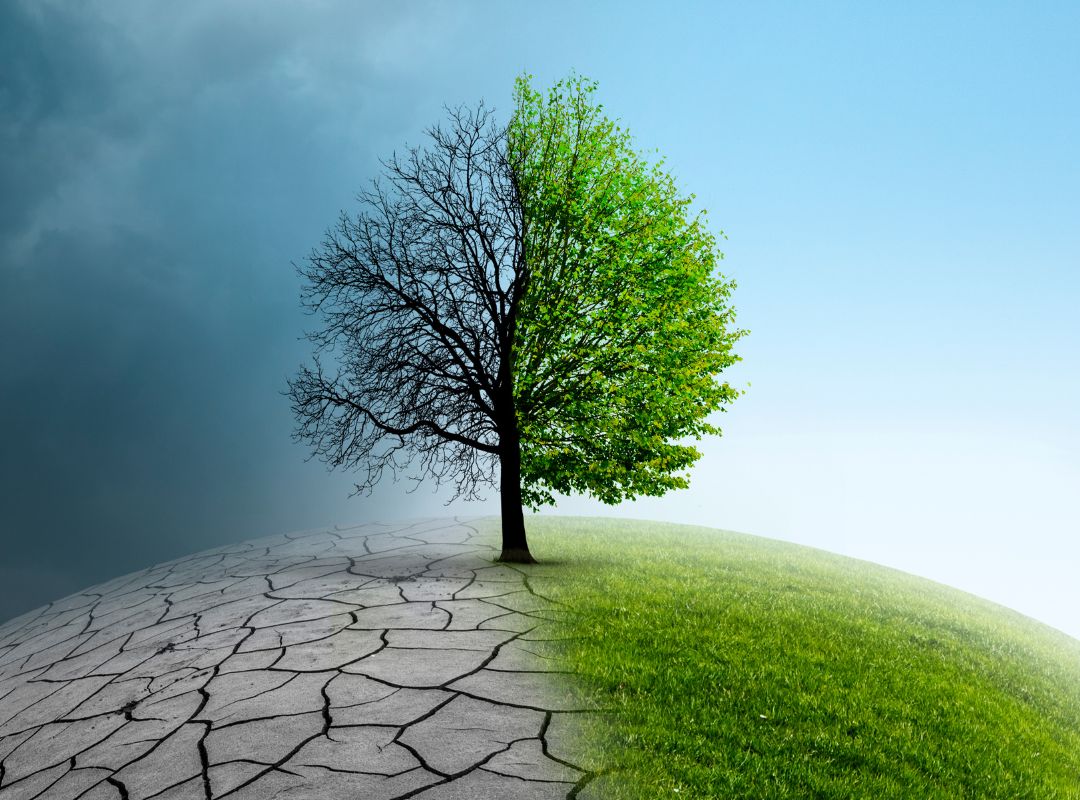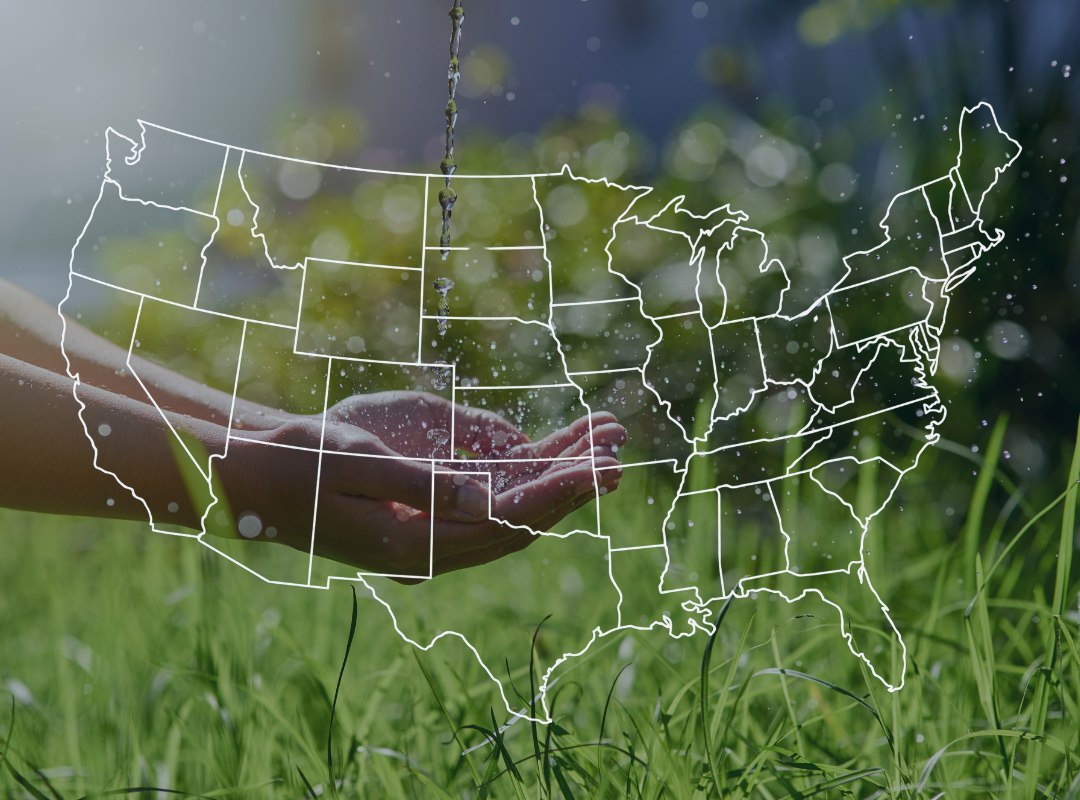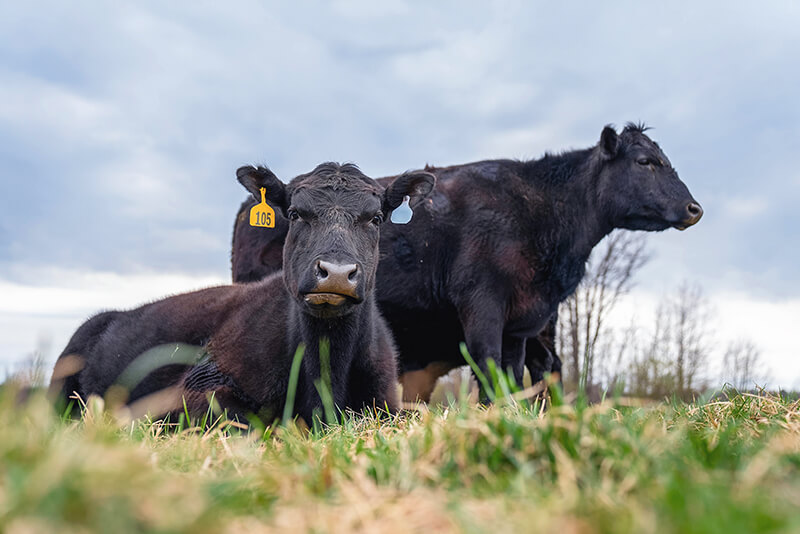
The Remarkable Ruminant
In this lesson, students will follow the farm to fork process of producing beef, learn how cattle and other ruminants convert grass into nutrient-rich foods such as milk and meat, discover ways cattle recycle food waste, and identify careers in the beef cattle industry.
